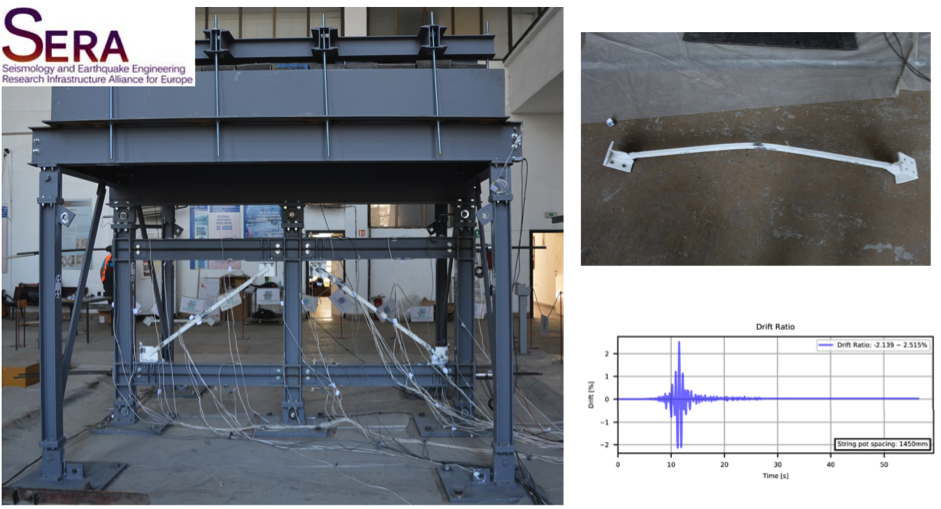-
Courses

Courses
Choosing a course is one of the most important decisions you'll ever make! View our courses and see what our students and lecturers have to say about the courses you are interested in at the links below.
-
University Life

University Life
Each year more than 4,000 choose University of Galway as their University of choice. Find out what life at University of Galway is all about here.
-
About University of Galway

About University of Galway
Since 1845, University of Galway has been sharing the highest quality teaching and research with Ireland and the world. Find out what makes our University so special – from our distinguished history to the latest news and campus developments.
-
Colleges & Schools

Colleges & Schools
University of Galway has earned international recognition as a research-led university with a commitment to top quality teaching across a range of key areas of expertise.
-
Research & Innovation

Research & Innovation
University of Galway’s vibrant research community take on some of the most pressing challenges of our times.
-
Business & Industry

Guiding Breakthrough Research at University of Galway
We explore and facilitate commercial opportunities for the research community at University of Galway, as well as facilitating industry partnership.
-
Alumni & Friends

Alumni & Friends
There are 128,000 University of Galway alumni worldwide. Stay connected to your alumni community! Join our social networks and update your details online.
-
Community Engagement

Community Engagement
At University of Galway, we believe that the best learning takes place when you apply what you learn in a real world context. That's why many of our courses include work placements or community projects.
SC-CBF
Investigation of Seismic Deformation Demand, Capacity and Control in a Novel Self-Centring Steel Braced Frame (SC-CBF)
Funded by:
H2020 SERA - SEISMOLOGY AND EARTHQUAKE ENGINEERING RESEARCH INFRASTRUCTURE ALLIANCE FOR EUROPE
Description:
Seismic design codes seek to limit structural displacements to minimise damage; however, no explicit consideration is usually given to the state of the structure after the earthquake, which can be critical for re-occupancy, monetary losses and the speed that repairs can be carried out. This project furthers the development of a novel system designed to control residual deformations in braced steel frames, creating more resilient structures.
An integrated experimental and numerical research programme were completed, the central element of which was a set of shake table experiments on single-storey self-centring concentrically braced frame (SC-CBF) models subjected to a variety of seismic actions. The aim of these tests was to assess the effectiveness of a novel self-centring system in controlling global deformation demand in CBFs, including the sensitivity of SC-CBF response to ground motion characteristics. Correlative pre-test predictions and post-test simulations using pushover and time-history analysis were carried out to support these experiments.
Brace member and connection details were varied between experiments to investigate a range of structural properties relevant for European design practice. In each experiment, three separate tests were performed with table excitations scaled to achieve performance levels corresponding to elastic response, brace buckling/yielding and brace fracture. The results included residual frame and brace deformations, brace ductility demand and capacity; the influence of connection detailing on maximum and residual deformations; and measurements of effective stiffness and equivalent viscous damping in SC-CBFs. Numerical model validation could facilitate simulation of the seismic response of CBFs buildings with deformation control systems using a wider range of braces, connections and ground motions to support the evaluation and development of Eurocode 8 design guidance for CBFs.
















